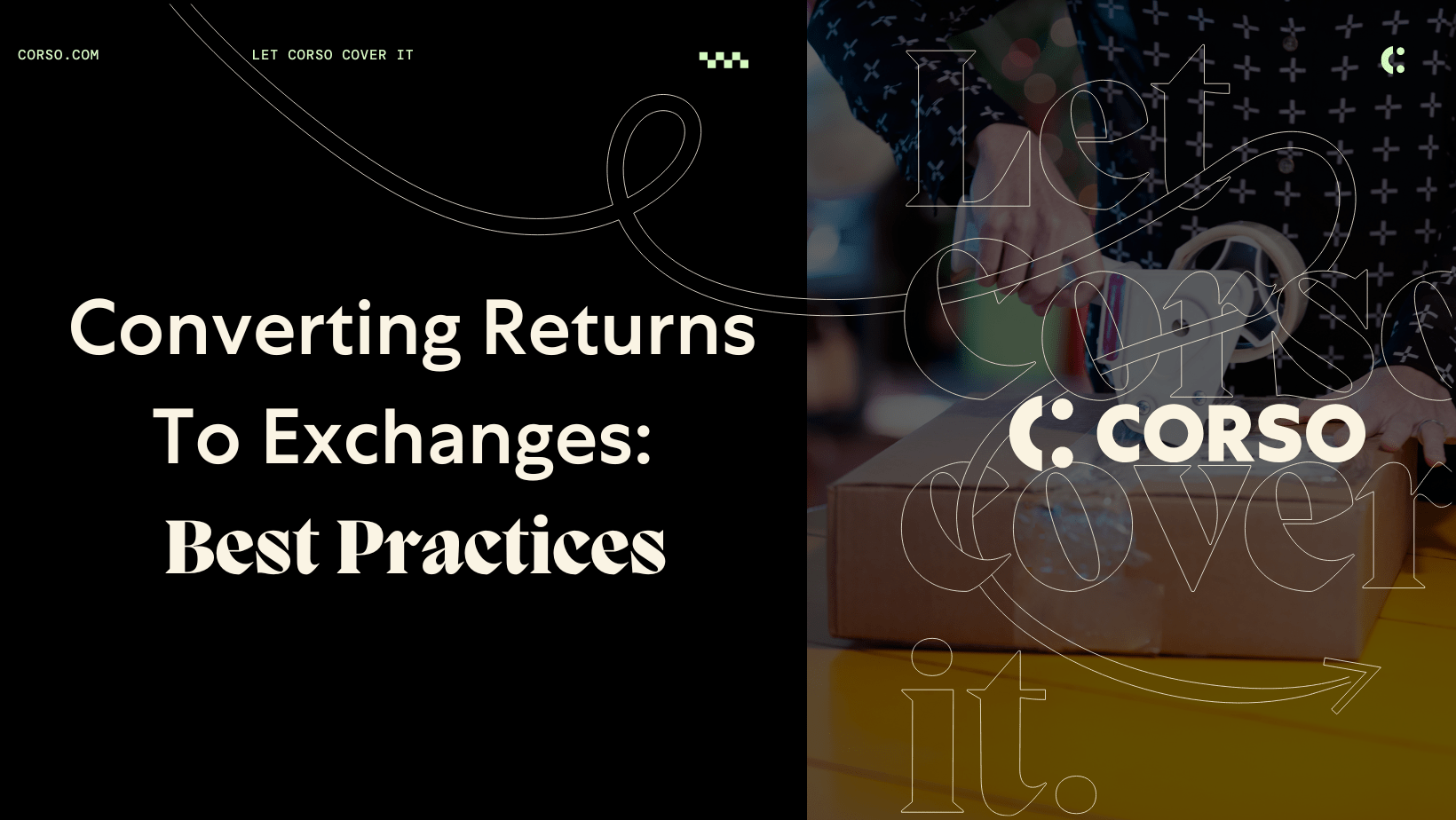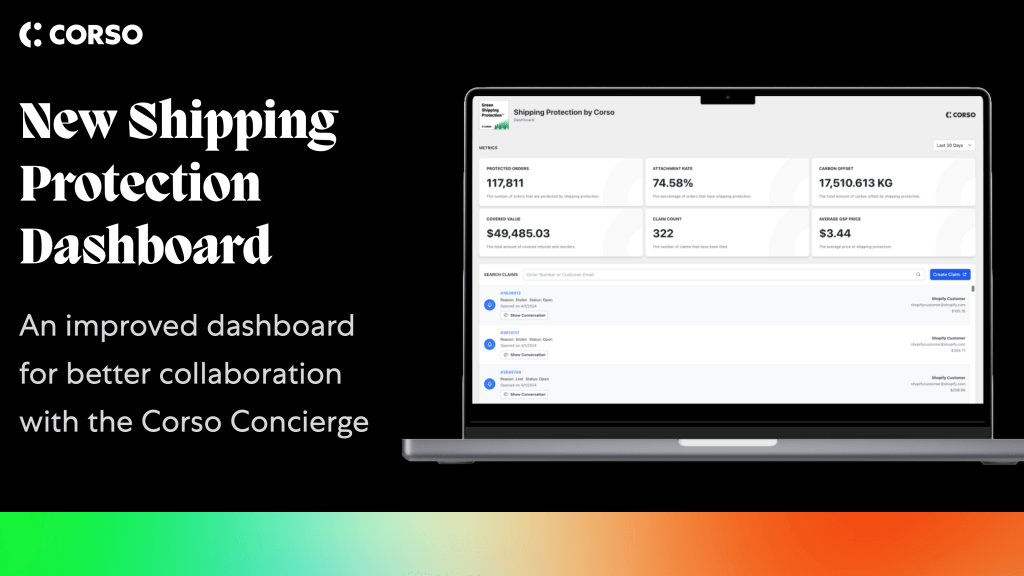Returns, queue the heavy exhale. They take up extra time, cost, and staff. However, they don’t have to be such a headache. By streamlining the process and encouraging exchanges transforms it into a positive experience, allowing brands to gain not only customer loyalty but also increased revenue. In this article, we’ll explore the best practices for converting returns to exchanges and why this approach is key for the success of e-commerce stores in today’s busy landscape.
Why Is Converting Returns To Exchanges Key For Brands?
Enhances The Customer Experience
A customer has ordered online, and excitedly waited for it to be delivered, all to discover it wasn’t what they thought or they purchased the wrong size or color. Any customer would feel heavy disappointment. However, by providing a simple and fast exchange program, this negative experience can quickly be shifted to a positive one. By offering a straightforward option to exchange a product, businesses show dedication toward customers’ needs and preferences, fostering a positive relationship.
Increases Customer Lifetime Value (CLV)
Following on from above, providing a simple customer exchange process contributes to building trust and loyalty. When customers know they can easily exchange a purchase and get a product that better suits their needs, they are more likely to make additional purchases, driving revenue and contributing to the long-term success of the business.
Reduces Return Costs
While returns are an inevitable part of retail, exchanges can be a cost-effective alternative. By facilitating and encouraging exchanges, businesses can minimize return-related expenses and streamline their overall return management process.
Best Practices for Converting Returns to Exchanges
Simplify The Returns And Exchanges Process
According to Statista, almost 80% of shoppers of online shoppers in the US are less likely to make another purchase from the same retailer after a negative return experience, highlighting the importance of a positive experience. Additionally, according to Shopify, the most common reasons for customers making returns are that the item was damaged or the wrong size or fit. Both of these reasons are great opportunities for brands to encourage exchanges instead by providing a simple and straightforward process.
CREW streamlines the process by allowing customers to select their return or exchange on one user-friendly page. For the merchant, the dashboard allows them to quickly and easily approve, deny, request more information, issue a gift card, and more in one place. Tap to learn how CREW is changing the post-purchase game in one platform.
Offer Incentives For Exchanges
One of the most effective ways to guide customers from returns over to exchanges is to provide additional value beyond the returned item’s worth. This can be in the form of a gift card, discounts, complimentary shipping on the replacement item, or the opportunity to earn loyalty points. These attractive perks not only make the exchange option much more appealing but also contribute to a positive and rewarding post-purchase experience for your customers.
Offer Flexible Policies
Establishing flexible policies helps to accommodate various customer needs. This includes allowing exchanges for different sizes, colors, or even different products within a reasonable timeframe. Most brands default to the 30-day returns window, but to encourage more exchanges, brands could offer a slightly longer time frame for exchanges only. This also demonstrates the brand values their loyalty and wants to ensure they get the right product for them. It’s also important to ensure both returns and exchange policies are clearly stated on the website or with the product listing. This sets the customer’s expectations so they do not encounter any unwanted surprises.
Effective Inventory Management
As we’re trying to encourage exchanges, it’s important to ensure that your inventory management system is efficient and up-to-date. Having accurate stock information allows for smoother exchanges, preventing any further disappointments due to unavailability. This can be the difference between a loyal customer, or the end of their relationship with your brand.
In Summary
Converting returns to exchanges is not just about mitigating losses, but about turning a potentially negative experience into a positive one. Brands that prioritize the customer journey and invest in effective strategies for exchanges position themselves as customer-centric leaders in the ever-growing e-commerce landscape. By implementing these best practices, businesses can not only reduce return-related costs but also cultivate lasting relationships with their customer base, ensuring sustained success in the long run.
Crew by Corso:
Returns, Exchanges, Warranties and Tracking
One hub for a more unified post-purchase experience.







